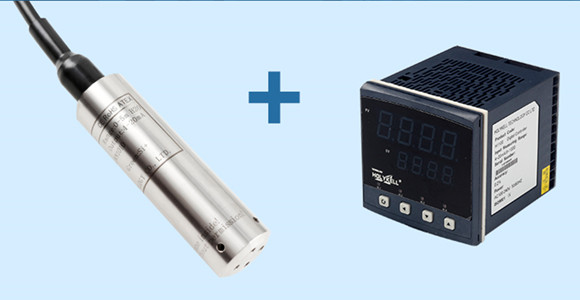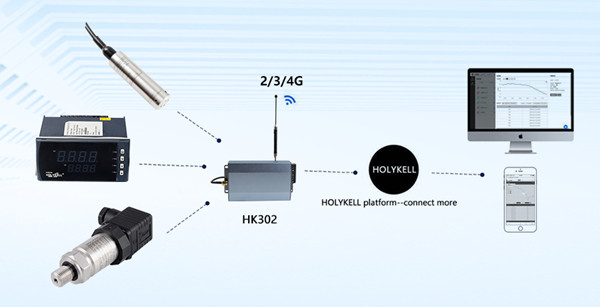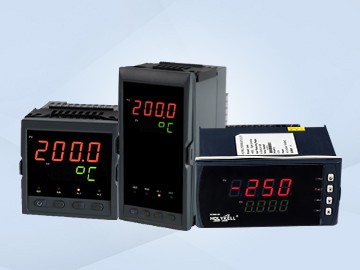How Digital Controllers Work with Sensors?
Digital controllers are electronic instrument used for measurement, display, control and other functions. These secondary instrument are currently common in all walks of life.
Compared with the old analog pointer displays, digital controllers feature high accuracy and intuitive display, they have gradually replaced the old ones.
A digital controller can be directly connected with a sensor and display the data on the screen. Generally different digital controllers have different functions(for example, SD card/data storage) and support different number of channels. And they are chosen also according to the output signals(4-20mA/0-5V/0-10V/RS485...).

Digtial controllers can be also used in a system. For example, it can be used in automatic water supply system. When the water level in water tanks drops to the preset lower limit of water level, the liquid level controller sends a command to the pump valve, and the valve will be turned on and start the water supply. When the water level reaches the preset upper limit of water level, the controller will issue a command to the pump valve and the valve will be turned off and stop the water supply.

This system can be widely used in water supply, automatic irrigation and so on. It brings flexibility in control action, improves user interface, and reduces cost involvement for further control loops and so on.






